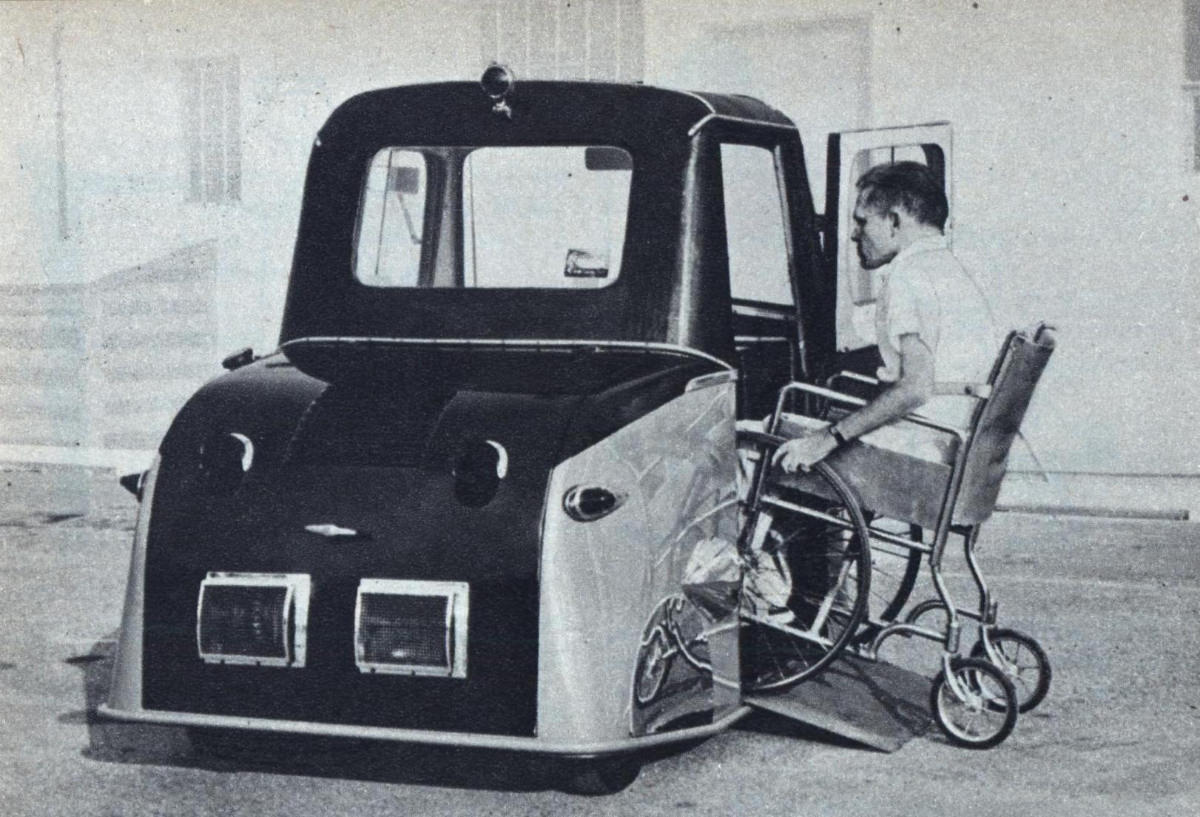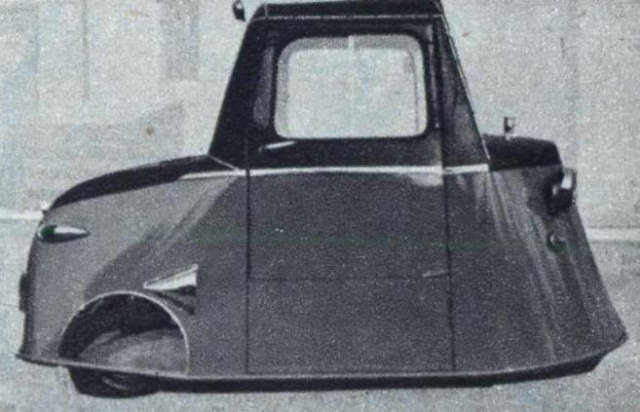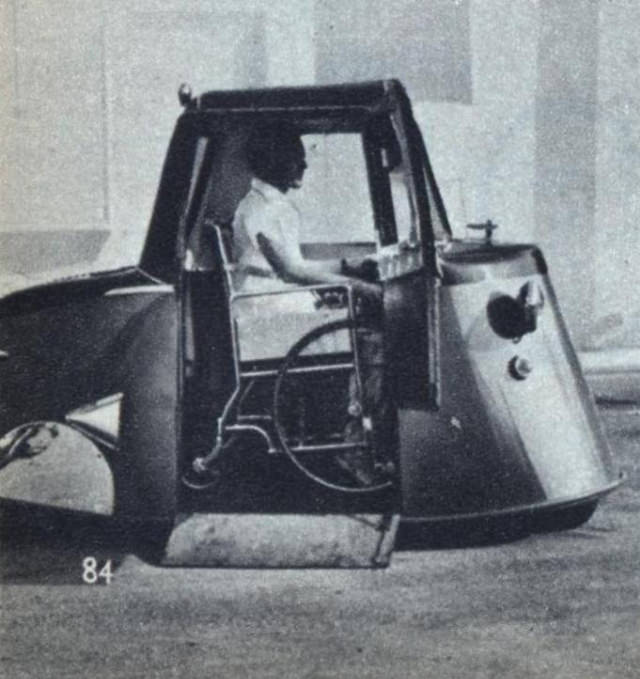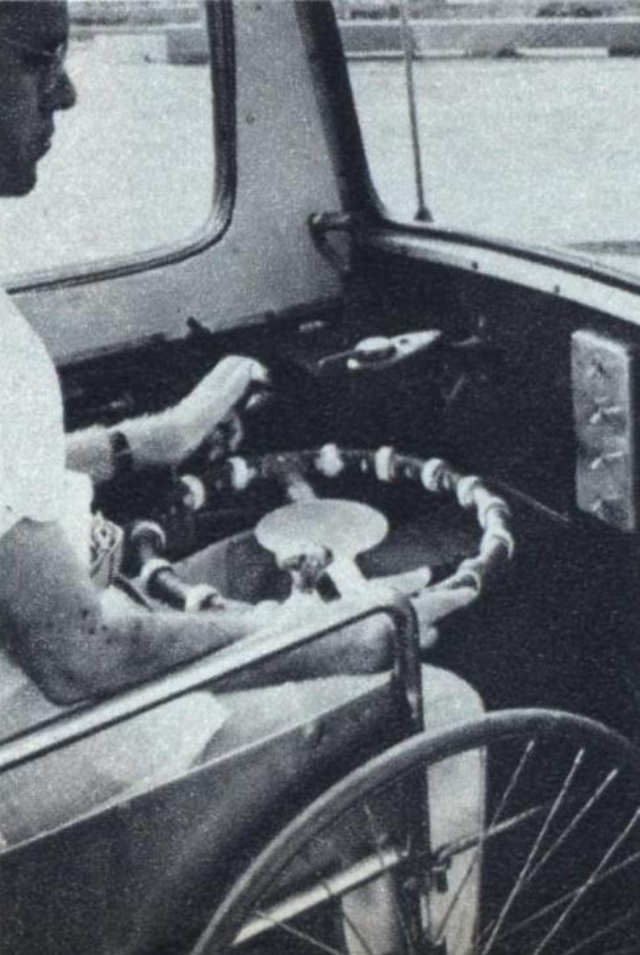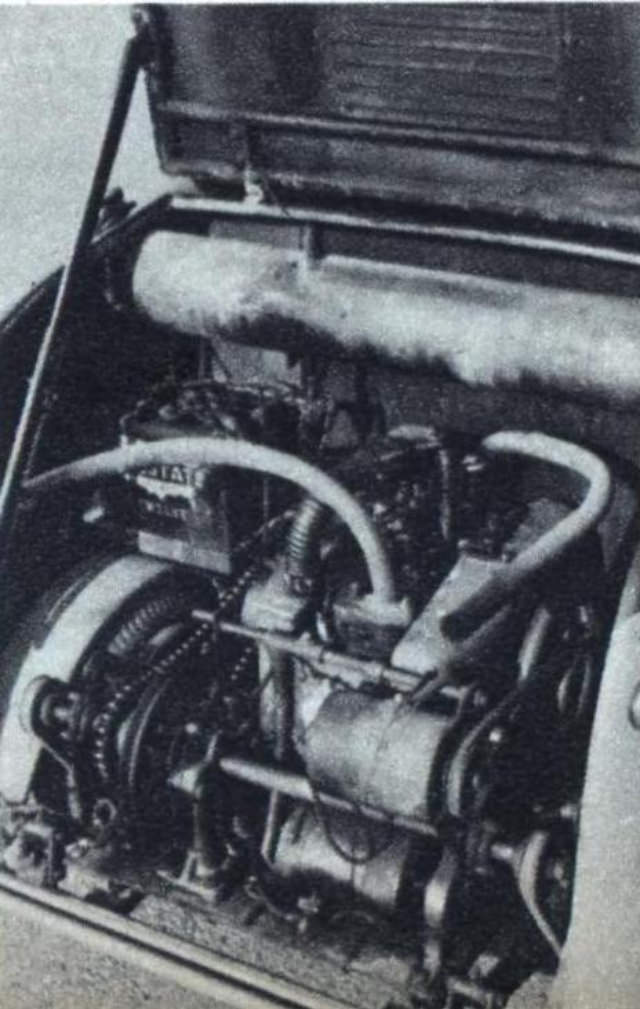In 1956, Harold Young of Downey, California, designed a car that was specifically intended for people who use wheelchairs. The car was designed so that the driver could get in and out of the car without assistance, which was a significant improvement for people with disabilities. The vehicle also had controls that were specifically designed for people with disabilities, including a push-stop and pull-go lever.
The car was a three-wheeler that had directional signals as well as standard lights. This would ensure that the car was easily visible to other drivers on the road, which is essential for safety. The transmission used a Togaloc clutch, which is a type of clutch that was commonly used in small vehicles. The chain drive was used to connect the clutch to the jackshaft, and the V-belt drive was used to power the rear wheels.
One of the most notable features of this car is that it had years of all-weather use. This meant that the car was durable enough to be used in various weather conditions, which would have been important for people who relied on the car as their primary means of transportation.


